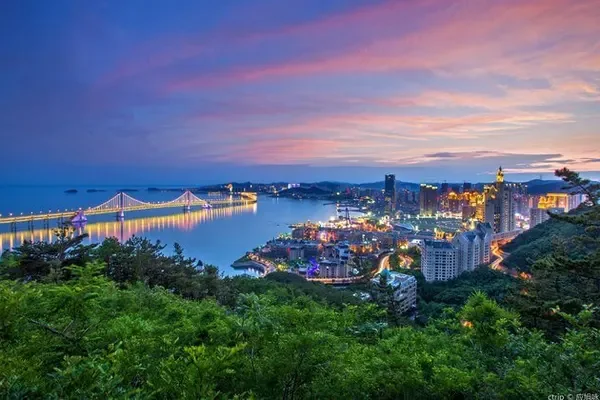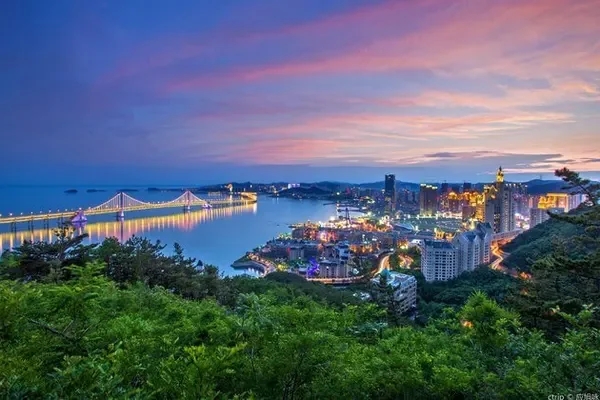"Turpan Attractions Introduction"
1. Grape ditch
When it comes to Turpan, we have to mention the grapes here. Although every household here grows grapes, Grape Valley is the most famous. Grape Valley is a national 5A-level scenic spot, located 11 kilometers northeast of Turpan City, about 8 kilometers long from north to south, and about 2 kilometers wide from east to west. It is a canyon under the Flame Mountain.
The summer in Turpan is notoriously hot. In August, the daily temperature is basically above 42°C, and sometimes it can even reach 478°C. The ground temperature of Huoyan Mountain can reach 80 to 90°C, so there is a "sand". Boiled eggs in the nest".



But on both sides of the grape valley stream, there are grape trellises all over the place, and the vines are layered and green. It is surrounded by dense poplar forests, dotted with flowers, plants and fruit trees, and the farmhouses are scattered on the gentle slope. Grape Valley has become the "Peach Blossom Spring" of Huozhou. This kind of contrast is like hope in the midst of hopelessness, which makes people feel kind from the bottom of their hearts.
2. Kumtag Desert
The Kumtag Desert is located in the eastern part of Xinjiang, south of Shanshan County, connected to the southern section of the East Ring Road of Shanshan Old Town, and is part of the Taklamakan Desert. The Kumtag Desert Scenic Area is one of the few deserts in the world that is in close contact with the city. The main component of the Kumtag Desert is not sand dunes, but sand mountains. Kumtag means "sand mountains" in Uighur meaning. Standing in the old city of Shanshan and looking south, the golden desert is majestic and magnificent, with infinite scenery. For thousands of years, we have stayed with the oasis and looked at each other silently, like loyal lovers, giving people endless reverie.


3. Jiaohe Old City
It is located on an island-shaped platform 13 kilometers west of Turpan City. Because the river diverges around the city, it is called Jiaohe. It was the capital of "Cheshiqian Kingdom", one of the 36 countries in the Western Regions. The Old City of Jiaohe is the largest, oldest and best-preserved adobe city in the world. It is also the most complete urban relic in my country for more than 2,000 years.

Standing in the Old City of Jiaohe, you will sincerely sigh the magic of Turpan, which is the largest "aircraft carrier" in the world. A huge ruin stands among the two rivers, relying on this natural barrier, so that Turpan can stand tall in history.
4. Karez
Karez is the most surprising project to me, and it is also the project that I think best represents the spirit of Xinjiang. It is a special irrigation system in desert areas, common in Turpan, Xinjiang, China. Karez, together with the Great Wall and the Beijing-Hangzhou Grand Canal, are known as the Three Great Projects of Ancient China. There are more than 1,100 Karez wells in Turpan, with a total length of about 5,000 kilometers. In the scorching sun in the Turpan Basin, when the outside temperature is 47-8 degrees, the underground temperature will remain at more than 20 degrees, which is very cool, and the top of the Karez is usually farmland. Where there are Karez, there is green, which is like a green belt. It also traverses the magical land of Turpan.
In some alluvial fan terrain areas in Xinjiang, the soil is mostly gravel and has strong water permeability. After the snow water on the mountain melts, most of it seeps into the ground, and the groundwater is buried deep. In order to draw out the water infiltrated into the ground for irrigation in plain areas, it is more convenient to dig wells and ditches. The well-canal technology has been applied in the construction of Longshou Canal. The working people in Xinjiang probably absorbed the construction experience of the well-canal method and applied it to new geographical conditions to create a new type of irrigation project.

Historical figures like Lin Zexu and Karez have some stories. If you want to explore these, you can feel and experience them yourself.


5. Flame Mountain
If you haven't been to the Flame Mountain, you haven't been to Turpan. Huoyanshan is located on the northern edge of the Turpan Basin, on the northern route of the ancient Silk Road. It is mainly composed of red sand, conglomerate and mudstone from the Jurassic, Cretaceous and Tertiary periods of the Mesozoic Era. The locals call it "Kizyl Tag", which means "Red Mountain". Huoyanshan is the hottest place in China. The highest temperature in summer is as high as 47.8 degrees Celsius, and the highest surface temperature is as high as 70 degrees Celsius. You can bake eggs in the sand nest. The famous TV series "Journey to the West" was filmed here.

6. Gaochang Old City
Gaochang City began in the first century BC, and was built by the garrison troops in the Cheshiqian Kingdom of the Western Han Dynasty. The ruins of the ancient city are located near the location of Halahezhuo Township, which is about 40 kilometers east of Turpan City, about 6.5 kilometers away from Mumugou Goukou (Shengjinkou) at the southern foot of Flame Mountain in the north, and about 55 kilometers away from Shanshan County in the east. In March 1961, it was announced as the first batch of national key cultural relics protection units by the State Council. In 1988, it was listed as a national key cultural relics protection unit.
In fact, the reason why Xuanzang is called "Yudi" is not because he has half a dime relationship with Li Shimin, but because there were four regimes established by Han people in the Turpan Basin, and Xuanzang and the people here Qu (qu) Wentai became a brother by sworn brother. This brother fully supported Xuanzang to go west to India, and wrote a letter to the Western Turkic Khan, asking him to protect Xuanzang. Now many people with the surname Ju come from this "麹".
The fruits of Turpan are very sweet, and it is a city that is neither south nor north. The race here is more complex, and the blood is more inclined to the Mongols. This is why the Uyghurs here are more like the Mongols. A history of Turpan is roughly a history of Xinjiang in the Western Regions, and a history of Xinjiang can deduce a history of the Silk Road and the history of Eurasia. If you want to explore a real Turpan and fall in love with it, then It is the best choice to come here to experience it for yourself.



